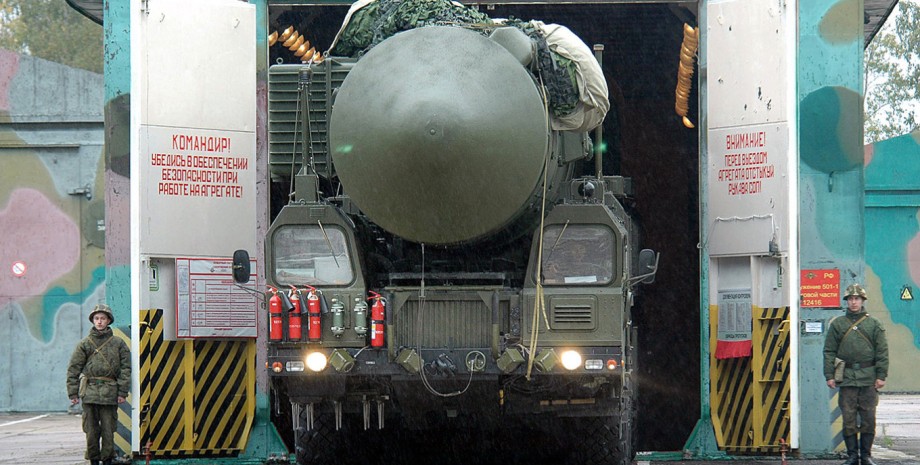
 By Victor Duda
By Victor Duda
The growing capabilities of strategic development competitors and regional rivals" provide a detailed list of major enterprises that provide the Russian nuclear program. About it writes the portal Defense Express. The key nuclear research centers of Russia are located in Savid of the Nizhny Novgorod region and Snezhinsk Chelyabinsk region. But a special place in the structure of the nuclear complex is occupied by the Lighthouse plant in Ozersk (previously known as "Chelyabinsk-65").
This enterprise was created in 1948 and specializes in the production of plutonium, uranium and tritium - important elements for thermonuclear charges. Ozersk also construction of a new "experimental" reactor to replace the outdated reactors "Ruslan" and "Ludmila". Although the launch of new facilities has been planned for 2023, construction is still ongoing.
Production of nuclear charges is carried out at the plants "Electrochym -harness" in the forest and "Porytoustivaya plant of Rosatom" in Trigorn. In addition, critical electronic components for these charges are supplied with automation in Moscow. Another important object referred to in the intelligence report is the Horno-Chemical Combine in Zheleznogorsk, Krasnoyarsk Territory, also known as Krasnoyarsk-26.
From Soviet times, this plant has been engaged in the production of plutonium and processing of nuclear materials, and its infrastructure is at a depth of 300 meters underground. Analysts noted that all these objects were built in the 40-50s, often the hands of prisoners, and many of them are located underground at a considerable depth, which provides additional protection for Russia's nuclear potential.










All rights reserved IN-Ukraine.info - 2022